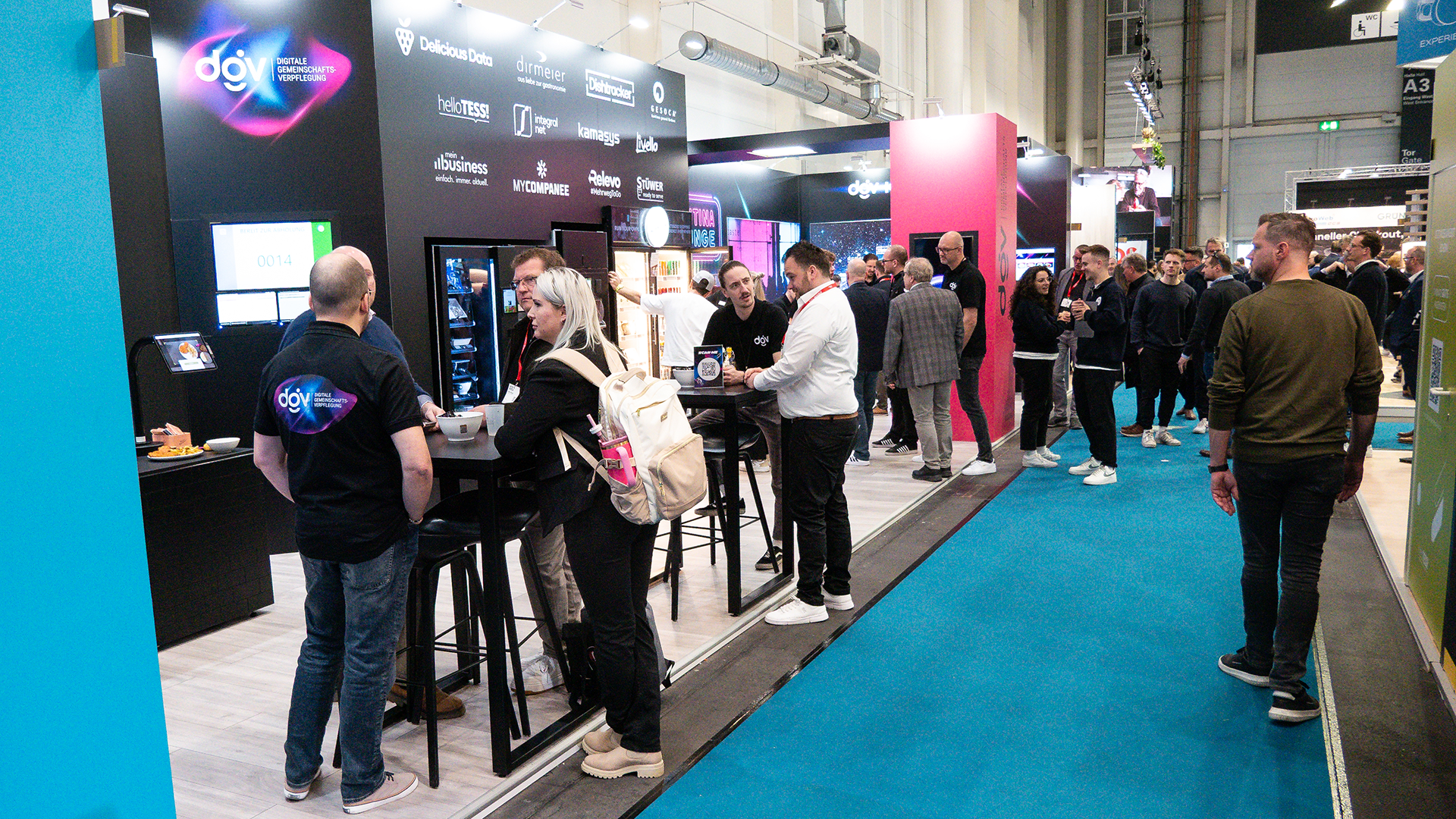The demands on operators of communal catering are growing - guests are becoming more demanding. This is reflected, among other things, in the customer's desire for a diverse and healthy selection of dishes. Raw materials should also be produced as regionally and sustainably as possible.
In addition, there is the demand to be able to stock a large selection of food in the largest possible quantity in order to always be able to satisfy all customer needs - at the latest from here on, the organization becomes confusing. An inventory management system helps restaurateurs to cope with these tasks: All the data that arises is summarized and clearly mapped in an overall process. This ensures that an overview of inventory levels, product quality or individual processes is maintained at all times. In addition, relevant key figures can be evaluated more easily.
Indispensable for professional catering management
Enterprise resource planning systems clearly map a subarea of catering operations such as purchasing, recipe management and inventory management. The operators of communal catering are optimally supported in the complex processes and can plan more foresightedly - especially when it comes to creating varied menus, taking into account common dietary preferences (e.g. vegetarian, vegan or gluten-free menu lines) and keeping stocks up to date. Interfaces also allow coordination with suppliers, financial accounting, POS systems, web meal plans, digital signage systems and the like.
Modular structure for full individual needs
The full performance of the merchandise management system unfolds through its modular structure: The software can be individually adapted to the needs of the respective company restaurant and thus increase its efficiency.
Common modules include a purchasing system for ordering goods in an uncomplicated and transparent manner - automatic price updates and efficient price updates simplify controlling.
Warehouse management, on the other hand, records the movements of goods and their inventories - accurate position management is crucial for procurement and saves a lot of time during inventories.
Essential for the success of the company restaurant is the menu planning and the production of the meals - the merchandise management system supports from the pre-calculation to the production. By precisely recording all processes, weak points and potential savings can be identified.
A corresponding module facilitates the obligation to label allergens, ingredients and nutritional values. Thanks to existing, continuously updated product databases, corresponding information can be easily transferred to menus, product signs, digital signage systems and more.
In order to maintain the quality of food at a consistently high level, exact recipe management must be ensured. Enterprise resource planning systems support restaurateurs in this task - also with regard to price calculations or HACCP control options.
Detailed reports and analyses give users - across departments - valuable insights into important key figures. Particularly for accounting, impeccably prepared goods receipts, sales, goods usage adjustments and more are of enormous importance.
Conclusion: Sensible linking of individual areas increases efficiency and reduces costs
An enterprise resource planning system offers a wide range of application possibilities. The core task of the software is the meaningful linking of individual areas. Users are thereby supported in always maintaining an overview of all integrated processes. By monitoring and evaluating relevant key figures, weak points can be identified more easily. As a result, processes can be designed more efficiently and costs are saved.


